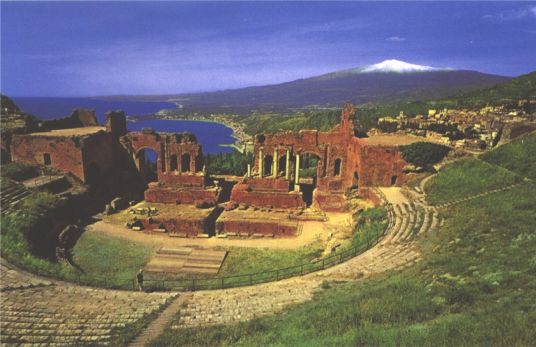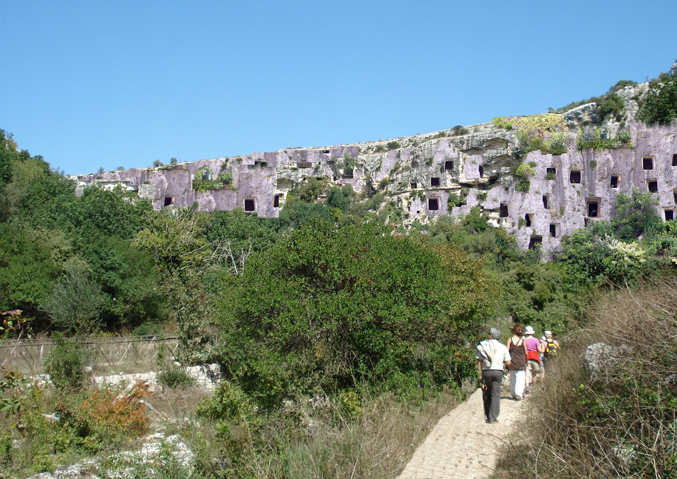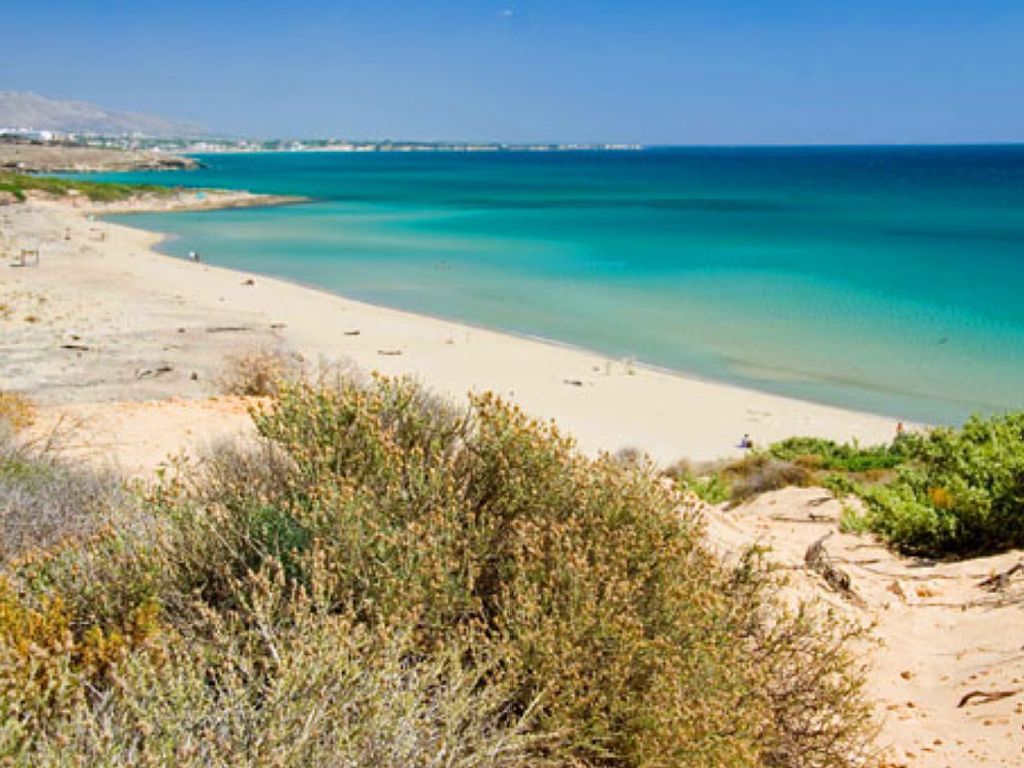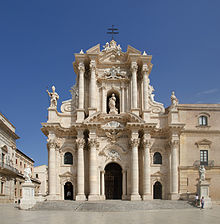Guided Easy Walking and Sightseeing in
Eastern Sicily
ITINERARY
 |
 |
 |
 |
Day
One –
Meet at Catania Airport at 5.00 pm. From here we transfer to our hotel
near Noto in southeastern Sicily.
Our hotel, the 45 star Viila Favorita
is a former country estate set
amid orange groves near the Baroque town of
Noto (a UNESCO World Heritage Site).
Day
Two
– This morning
we go to the Cavagrande del Cassibile where we walk in the quiet countryside
of this plateau which is part of the Hyblaean Mountains. We follow a
trail down a canyon where the river forms beautiful pools. In the
afternoon the bus takes us to Noto Antica
(Ancient Noto) an abandoned city dating back to
the 5th century BC. Along the
dusty trail we see Byzantine tombs, the huge defensive walls and ruins of
a medieval castle dating back to the Norman and Aragonese times.
Later in the day we visit the Baroque centre of the town of Noto which has
been declared a UNESCO World Heritage Site. The town is constructed of
soft limestone which, at sunset, has a warm honey-coloured hue.
Morning walk Distance 7.5 km Total climb 200m
Total descent 200m Terrain: easy on a wide dirt road on the
plateau then a little more challenging down a rockcut stairway in the
canyon.
Afternoon Distance 2km Terrain easy
Distance 9km Total climb 60m Total descent 80m
Terrain easy and flat beach paths
Day
Five
-
In the morning we explore the lovely resort town of Taormina
and drive up to the quaint medieval town of Castelmola, perched high above
the sea. From here we walk down terraced hillsides covered with almond and
fig trees following an old mule track on an easy descent past mulberry
and wild cactus pear trees down
to Taormina's castle .In
Taormina we
visit the remarkable ancient Greek theatre (entrance included).
In the afternon
our bus takes us to Francavilla
where a short walk allows us to explore the village with its ruined castle and Capucin
convent.
We
then continue to the Alcantara Gorge which was
created three hundred thousand years ago but shaped by lava flows of the
last eight thousand years which gives us a glimpse of Etna's geological
influence on the surrounding countryside.
Morning distance 4km Total climb 40m Total descent
320 m Terrain mainly a rock-cut stairway and mule track
Afternoon distance 4 km Total climb 100m total
descent 150m Terrain easy dirt track
Day
Six
Distance 7.5km Total climb 330m Total descent 350m
Terrain: loose eroded volcanic material (easy for the first half
of the walk) then challenging in the middle part where we walk along the
ridge of new craters (avoidable with an alternative way with our second
guide).
Day
Seven
- We hade to the Malabotta Forest Nature Reserve with its centuries
old oaks called "Wises of the Woods" and also with megaliths of unknown
origin sometimes called the "Stonehenge of Sicily". The strangely shaped
rocks have names like "The Monk" or "The Eagle". Whether this was a
sacred site for ancient people or just rocks sculpted by the wind is
unknown. Later we see the ancient medieval town of Montalbano.
Day Eight - Morning transfer to Catania Airport. Arrival at
the airport approximately 11 AM. For those continuing to Western
Sicily the guide will make arrangements for a local bus or train to
Palermo.
I
| Sicily | Sicily Itinerary |
| Accommodation | Contact us and Booking |
| Frequently Asked Questions | |
| Sicily Dates and Cost | Walkers World Homepage |